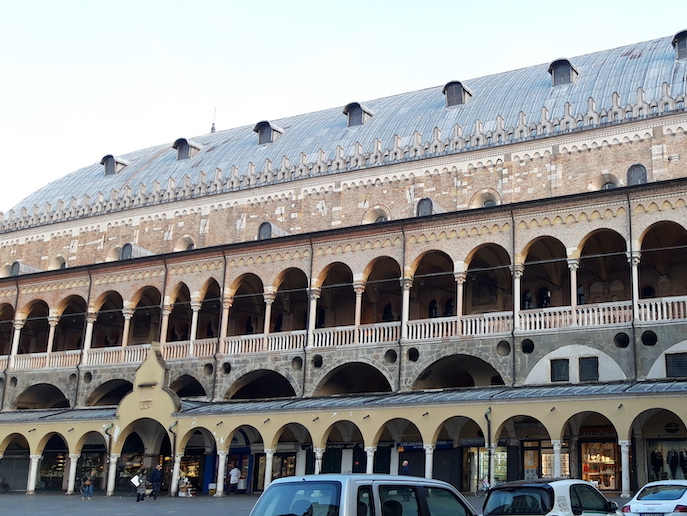Learning from the past: sustainably produced bricks, better earthquake resilience
Italy, home to some of the most spectacular ancient brick-built edifices in Europe, is seismically active. Two recent earthquakes, in 2017 and 2016, caused widespread damage in central Italy. So Elena Mercedes Pérez-Monserrat(opens in new window), a researcher based at the Geosciences Department, University of Padua(opens in new window), set out to establish what building materials and styles of the country’s ancient past were more likely to withstand the impact, and why. “I was drawn to studying the provenance of clay and the processes used to produce ancient bricks which can tell us, today, about the efficient use of sustainable raw materials in brick production,” explains Pérez-Monserrat. Her project, CLAYONRISK, was supported by the Marie Skłodowska-Curie Actions programme(opens in new window). It also considered how to mitigate the effect of climate change on ancient monuments and what we can learn from architectural designs, from Roman times through to the Renaissance, that reduced the impact of earthquakes. “I analysed the ancient brick buildings of Padua from a structural point of view, in order to observe the elements that have allowed such permanence over time.” As Pérez-Monserrat points out, many include tall and slender towers, and those times have put the skills of ancient brickmakers to the test. “The city has suffered major damage by fires – the most devastating took place in the years 899 and 1174 – and earthquakes, the strongest of which shook the city in the years 1004 and 1117. Padua was also affected by the more recent quake that hit the nearby city of Ferrara in 2012,” she notes.
Assessing the technology of the ancient past
The CLAYONRISK project borrowed analytical methodologies that are also applied to the study of ceramic archaeological artefacts. Such artefacts and ancient, fired bricks were produced using similar technologies. For the compositional and textural analysis, Pérez-Monserrat chiefly used X-ray fluorescence(opens in new window), widely used for chemical analysis of building materials, X-ray powder diffraction(opens in new window), polarised optical microscopy(opens in new window) used extensively in optical mineralogy, field emission scanning electron microscopy(opens in new window) as well as the chemical microanalysis technique energy dispersive X-ray spectroscopy(opens in new window). As the main decay agents that affect fired bricks are water, temperature, salts and frost, the bricks’ resistance to moisture-drying cycles, salt crystallisation and frost action was assessed, using artificial ageing tests. “These tests subjected the bricks, during a relatively short period, to a suitably intensified alteration agent. Porosity and how long the bricks took to dry were calculated. We also analysed the results of compressional pulses on the structure of the bricks,” explains Pérez-Monserrat. The bricks display good physical performance and durability, mainly fostered by the high-density mineral phases formed during firing and by the secondary calcite that was precipitated within the ceramic body after firing. The varying colours also have a message for us, as set out in a paper(opens in new window) she co-authored, published in the journal ‘Minerals’.
Architectural choices
The project identified the architectural elements used to reduce the impact of earthquakes, improving resilience. “We noted impressive plinths shaped by formidable ashlars of trachyte, a volcanic rock outcropped from the nearby Etruscan hills, or very thick walls that decrease in thickness with height, with a corresponding change from stone to brick,” says Pérez-Monserrat. “It is certainly interesting to observe how metallic bands grip the perimeter of the towers at diverse heights or how the towers are internally ‘sewn’ by metal braces, that emerge on the facades as decorative metallic elements.”
Lessons of past address the challenges of today
The manufacturing process that yielded such durable bricks may offer ideas to today’s ceramic industry, such as the relatively constant humidity of the bricks in relation to the atmosphere around them. Such equilibrium, thinks Pérez-Monserrat, seems to conserve the bricks. The project highlights the importance of thinking of ancient bricks as systems within an entire structure that is continuously interacting with the surrounding environment. “So, the past can teach us how to both better preserve ancient monuments and improve the ability of new buildings to withstand weathering and seismic activity,” adds Pérez-Monserrat.







